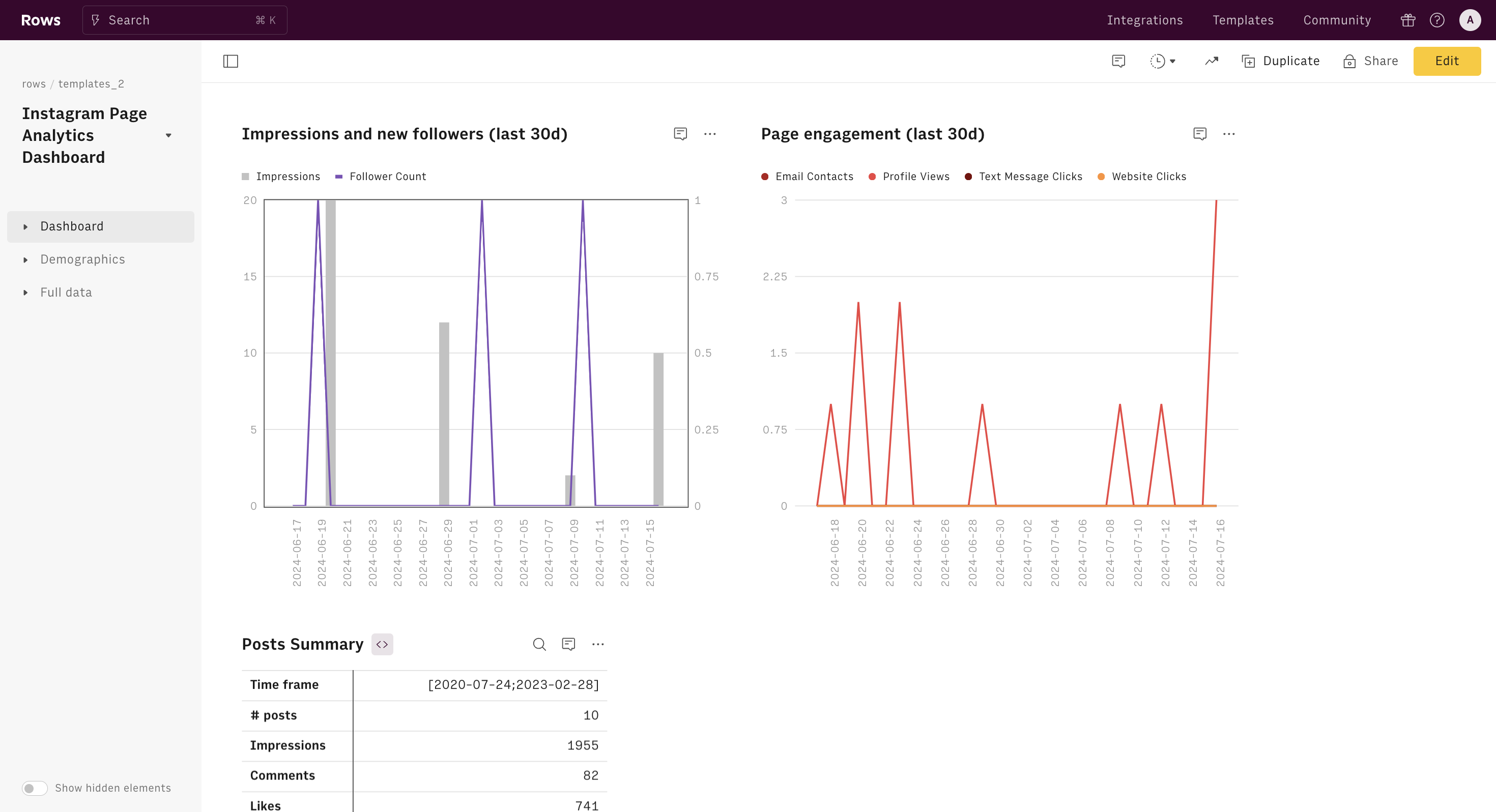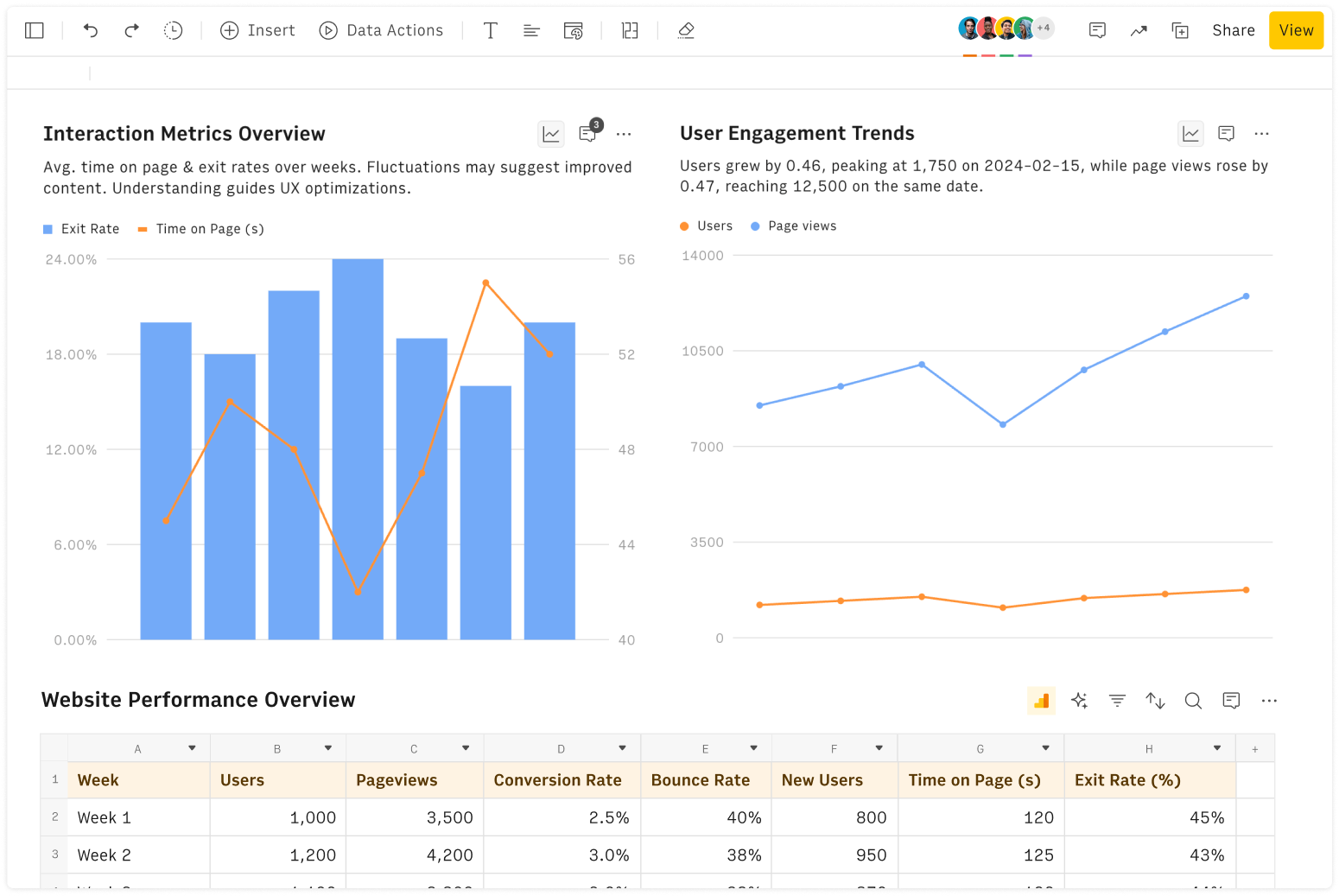What This Random Data Generator Does for You
Testing software applications often requires robust and varied datasets to ensure functionality and performance.
Our Random Data Generator is designed to generate random datasets based on a simple input description. The output is a mock dataset tailored to your specific needs, from simple text and numbers to complex, nested data structures.
This tool empowers developers, product managers and testers to simulate real-world scenarios effortlessly.
How to use this Dummy Data Generator
To use this dummy data generator, all you need to do is:
Describe the data desired: Use natural language to describe the data you need. For example: "email addresses with Italian names" or "European countries with capitals."
Input the number of items desired (Optional)
Click the 'Generate' button
To export the final output data, simply select the output data and copy it to your clipboard using the Command+C shortcut (or the Windows equivalent).
💡 This mock data generator uses Rows proprietary CREATE_LIST_OPENAI function, paired with the latest GPT-4o model to generate a JSON of data that is then rendered in table format. Discover more on how to use AI in Rows and execute complex stuff with only your natural language.
Use Cases of Mock Data in Your Projects
Mock data is crucial for a variety of development and testing scenarios. Use it to populate databases, simulate API responses, or create realistic test cases for web applications.
Whether you’re stress-testing a system with large volumes of data or verifying the functionality of specific features under different conditions, random data ensures thorough and efficient testing.
Additionally, this tool is highly useful for generating data to fill spreadsheets, enabling you to test formulas, pivot tables, and data analysis functions with realistic datasets.
Practical Examples of Test Data Generation
Our test data generator simplifies the creation of dummy datasets. For example, if you need to test a form that collects user information, generate data that includes first names, last names, email addresses, and phone numbers.
Here are a few examples of input you can use to generate random dataset:
Description: "Random email addresses"
# of items: 10
Output: List of 10 unique, randomly generated email addresses
Description: "European countries with capitals"
# of items: 5
Output: List of 5 european countries and their corresponding capital cities
Description: "user profiles with names, ages, and cities"
# of items: 10
Output: A dataset containing 10 user profiles with randomly generated names, ages, and cities
Common Pitfalls When Using This Random Data Generator
While our random data generator is highly effective, it’s crucial to verify the data accuracy and relevance to your testing needs. Misconfigurations or overly broad input criteria can lead to data that doesn’t fully meet your requirements.
Make sure you use plain simple language when describing your data needs. Plus, always review and test the generated datasets in real scenarios to ensure they function as intended. By providing these detailed sections on the landing page, potential users will have a clear understanding of the mock data generator's capabilities, usage, and practical applications, enhancing their experience and confidence in the tool.







